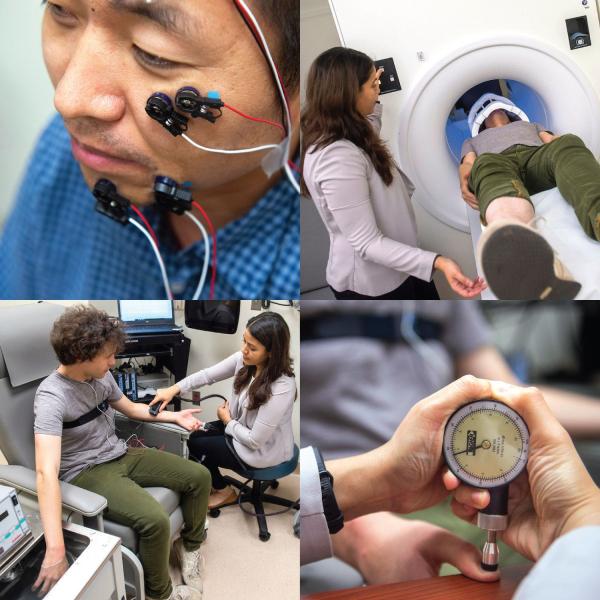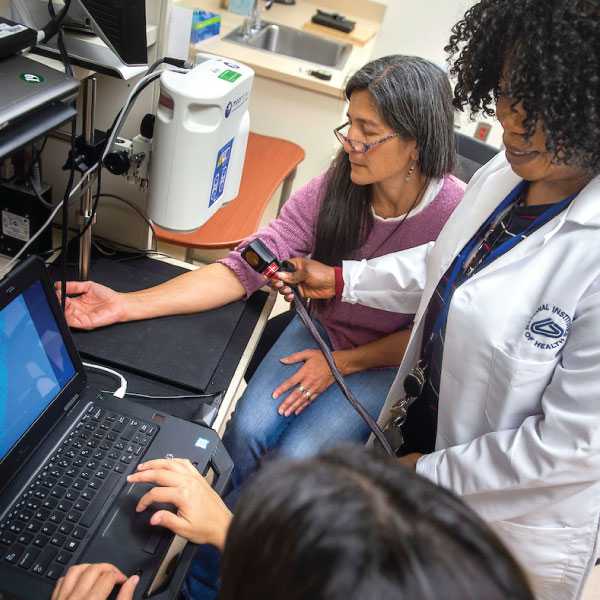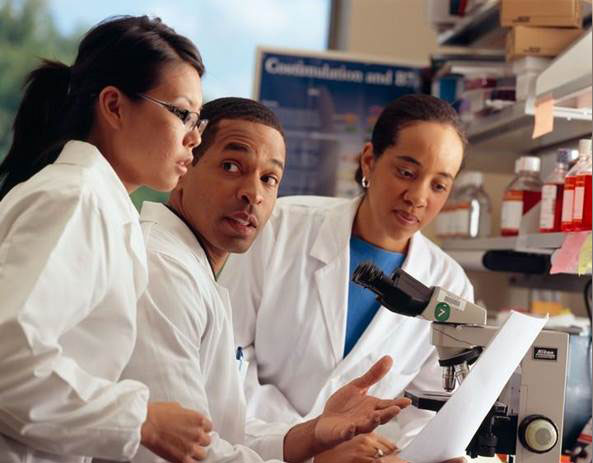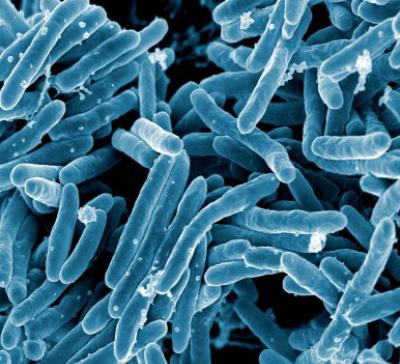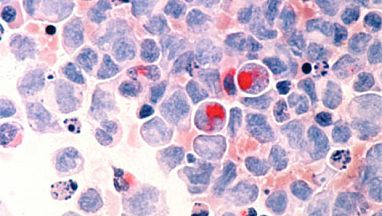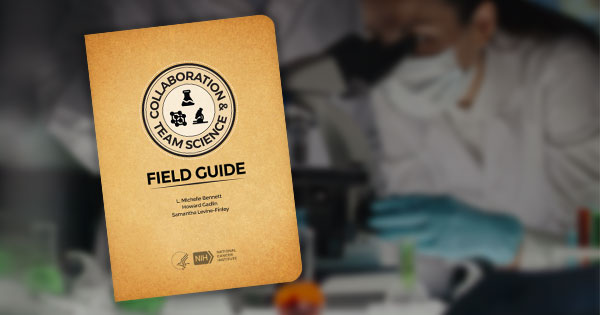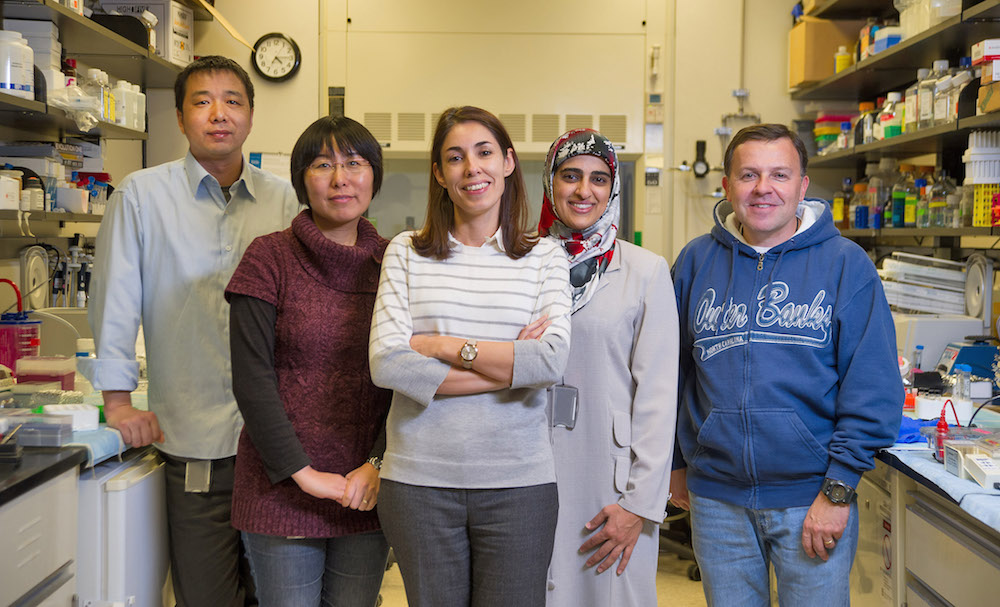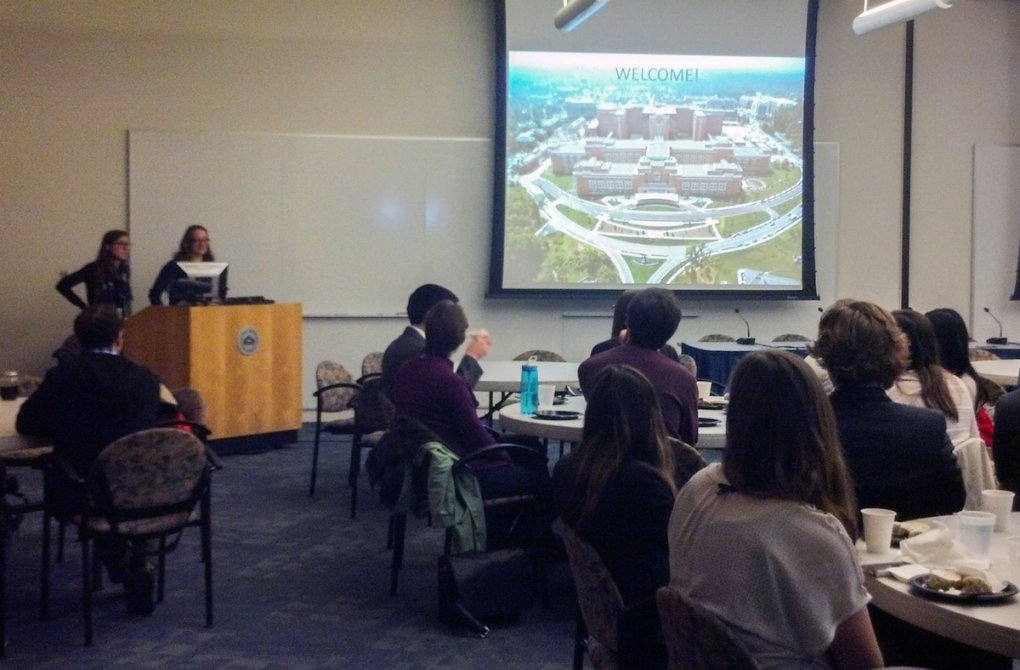Teaming Up to Tackle Engineering Challenges
Innovation Awards Accelerate Development of New Research Techniques
Scientists spend years, even decades, intensely studying a specific disease or biological system, an approach that yields unrivaled knowledge. However, many important scientific questions require a deep understanding of several subjects. As a result, the IRP has numerous programs dedicated to encouraging scientists with different areas of expertise to work together.
One such program is the NIH Director’s Challenge Innovation Awards, which funds innovative, high-impact projects that require the cooperation of researchers in more than one of NIH’s Institutes and Centers. This year, the program selected six promising proposals with one foot in the disciplines of biology and medicine and another in engineering or the physical sciences.


